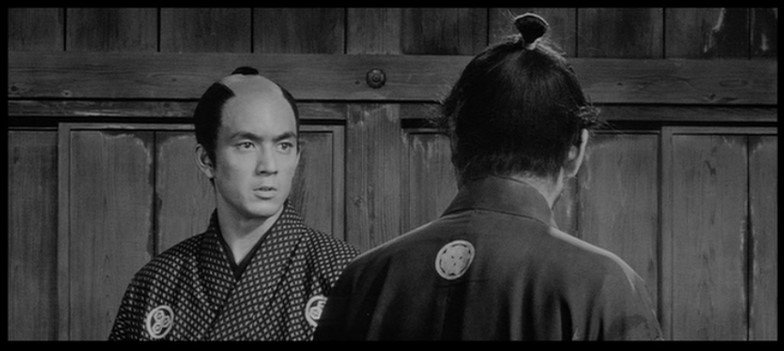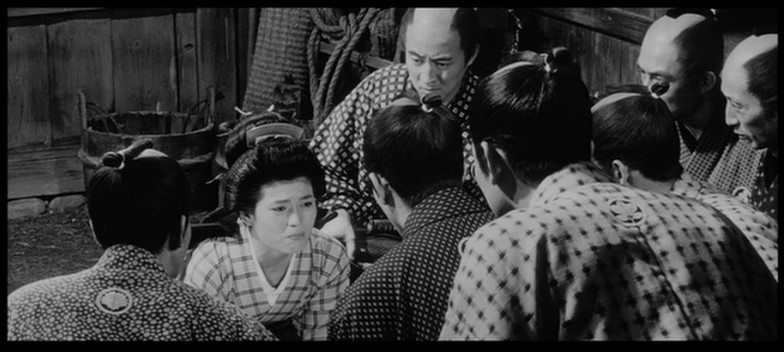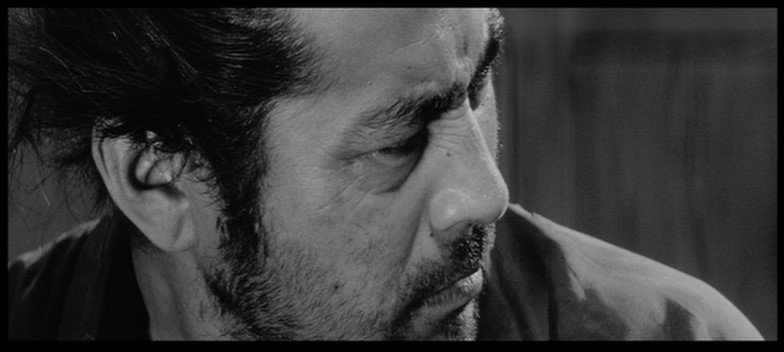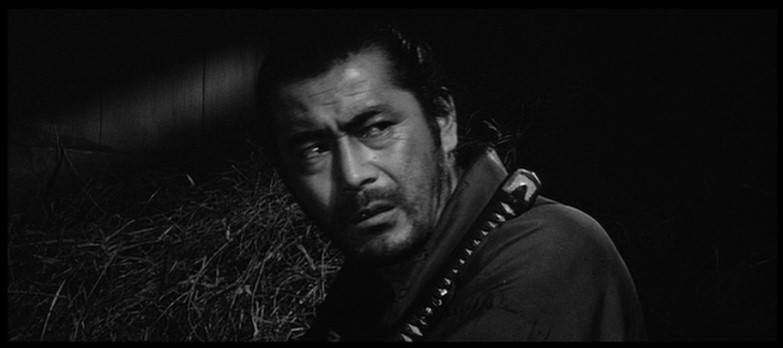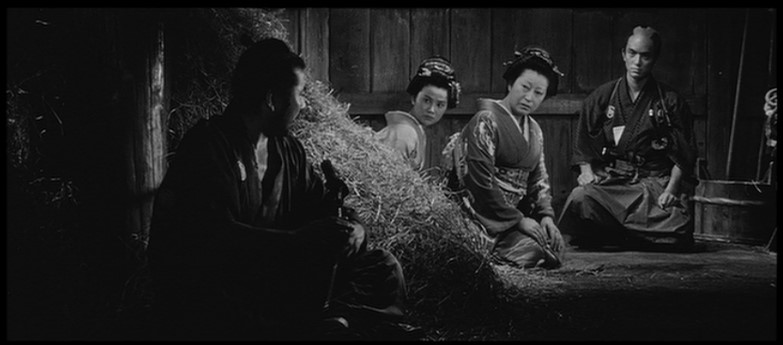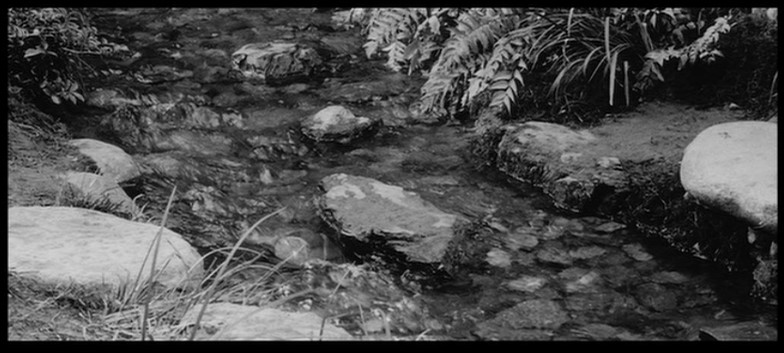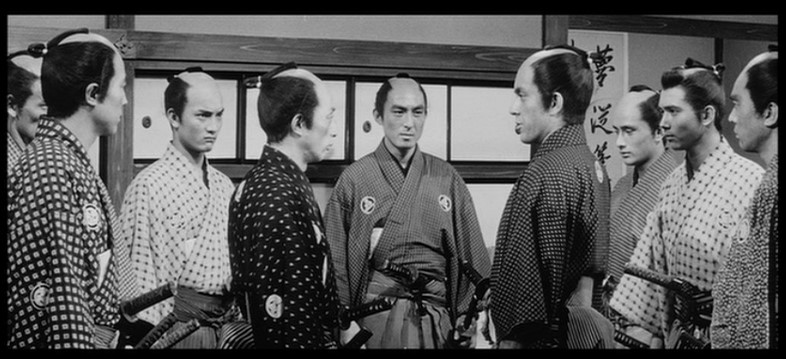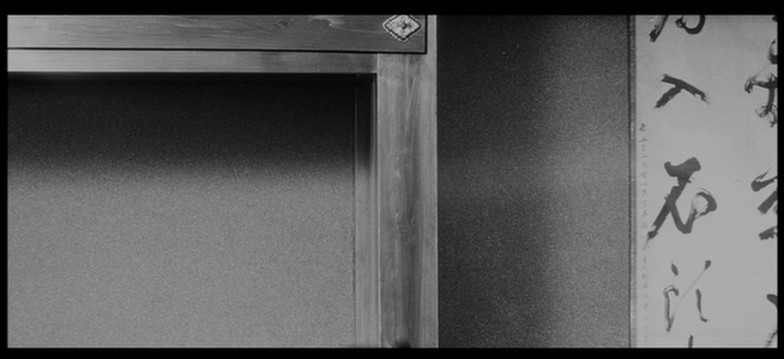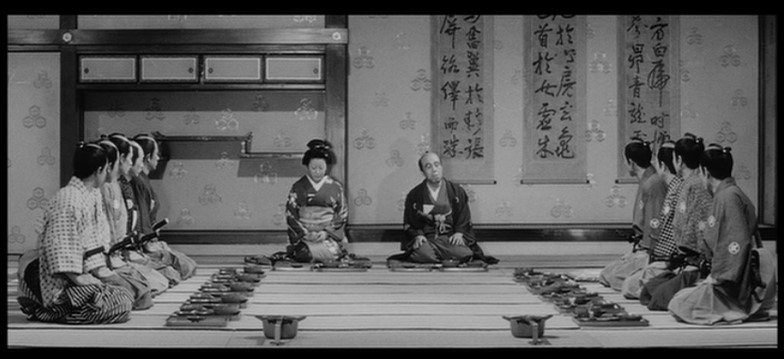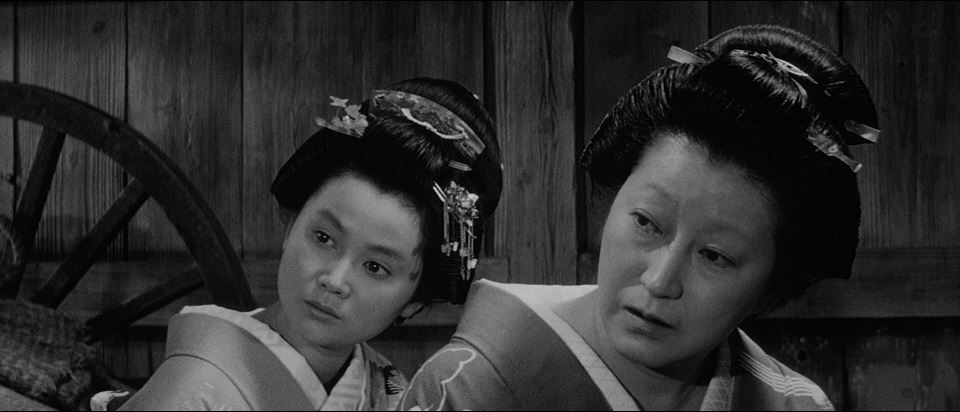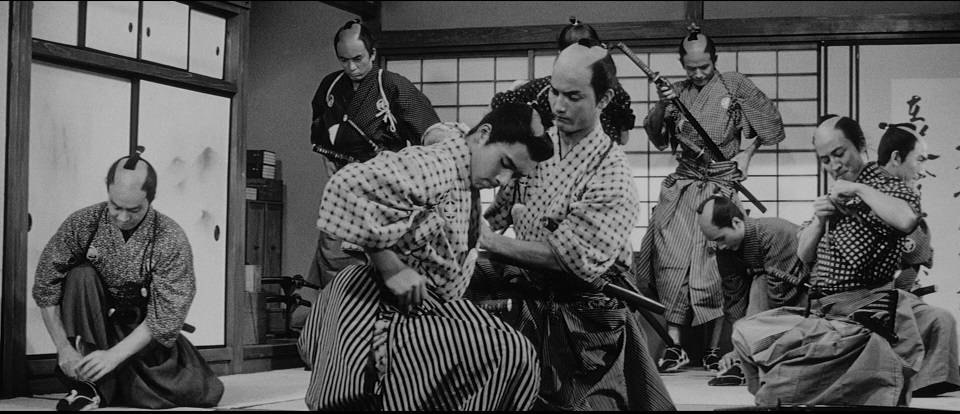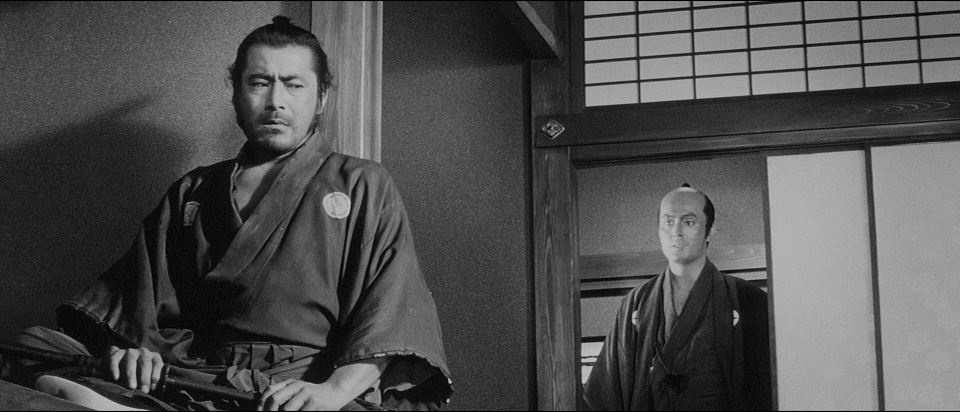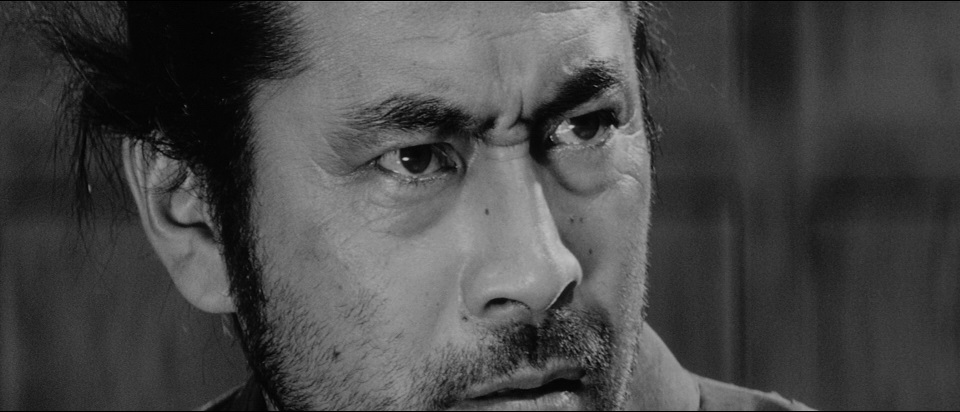|
Firstly, a massive thank you to our Patreon supporters. These supporters have become the single biggest contributing factor to the survival of DVDBeaver. Your assistance is essential to our survival.
What do Patrons receive, that you don't?
1)
Our
weekly
Newsletter
and
Calendar Updates
sent to your Inbox!
Please consider keeping us in existence with a couple of dollars or more each month (your pocket change! / a coffee!) so we can continue to do our best in giving you timely, thorough reviews, calendar updates and detailed comparisons. I am indebted to your generosity. |
![]()
![]()

![]()
![]()
|
Search DVDBeaver |
S E A R C H D V D B e a v e r |
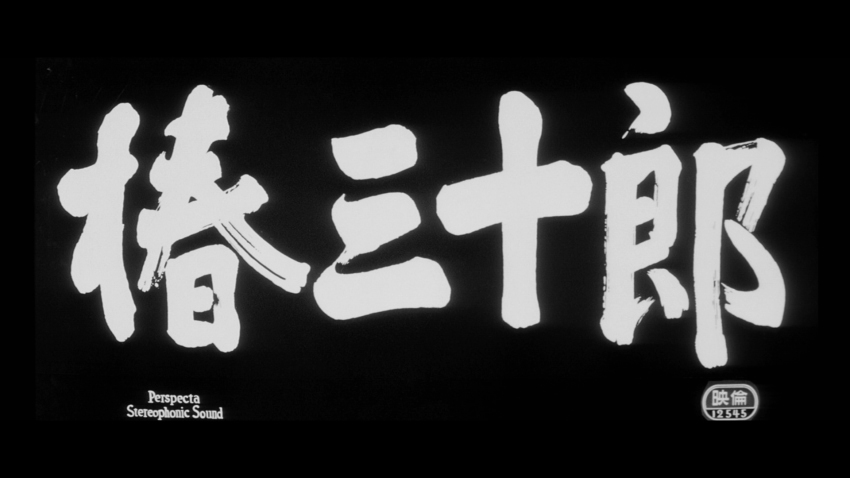
(aka "Sanjuro" or "Tsubaki Sanjûrô" )
|
Toshiro Mifune swaggers and snarls to brilliant comic effect in Akira Kurosawa’s tightly paced, beautifully composed Sanjuro. In this sly companion piece to Yojimbo, the jaded samurai Sanjuro helps an idealistic group of young warriors weed out their clan’s evil influences, and in the process turns their image of a “proper” samurai on its ear. Less brazen in tone than its predecessor but just as engaging... ***
Based upon the novel ”Peaceful days” by Yamamoto
Shugoro, Kurosawa wrote the script for ”Sanjuro” before doing ”Yojimbo”, but
rewrote it after “Yojimbo” became a success, changing the main character from a
weak samurai to Sanjuro, as the study decided it to be sort of a sequel to “Yojimbo”.
Kurosawa was going to give the script to Horikawa Hiromichi, his former
assistant director, but Toho asked Kurosawa to do it, who then rewrote it again,
for the third time, this time making Sanjuro even stronger. |
Posters
 |
 |
 |
 |
Theatrical Release: January 1st, 1962 - Japan
Reviews More Reviews DVD Reviews
|
More Shaw Brothers-Martial Arts-Wushu or related films on Blu-ray reviewed (click review buttons to also see comparisons where applicable): |
Comparison:
Criterion (REISSUE) - Region 1 - NTSC vs. Criterion - Region 1 - NTSC vs. BFI - Region 2 - PAL vs. Criterion - Region 'A' - Blu-ray
| Box Covers |
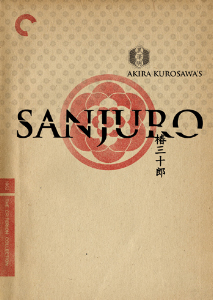
|
|
|
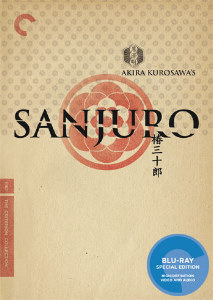
Coming to 4K UHD by Criterion in January 2025: and by BFI in March 2025: |
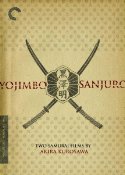
|
Criterion's DVD REISSUEs and
Blu-rays of Sanjuro also comes in a package with
Yojimbo!
|
|||
|
Distribution |
Criterion Collection (REISSUE) - Spine # 53 Region 1 - NTSC |
Criterion Collection - Spine # 53 Region 1 - NTSC |
BFI Video Publishing |
Criterion Collection - Spine # 53 - Region 'A' - Blu-ray |
| Runtime | 1:35:45 | 1:35:39 | 1:31;39 (4% PAL speedup) | 1:35:57.793 |
| Video |
2.38:1 Original Aspect Ratio
16X9 enhanced |
2.07:1 Original Aspect Ratio |
2.55:1 Original Aspect Ratio 16X9 enhanced |
Disc Size: 42,493,590,459 bytes Feature Size: 31,689,117,696 bytes Average Bitrate: 34.99 MbpsDual-layered Blu-ray MPEG-4 AVC Video |
|
NOTE: The Vertical axis represents the bits transferred per second. The Horizontal is the time in minutes. |
||||
| Bitrate:
Criterion (reissue) |
|
|||
| Bitrate:
Criterion (original) |
|
|||
| Bitrate:
BFI |
|
|||
| Bitrate:
Blu-ray |
|
|||
| Audio | Japanese (Dolby Digital 1.0 Mono), Japanese (Dolby Digital 3.0 Mono) | Japanese (Dolby Digital 2.0 Mono) |
Japanese (Dolby Digital 2.0 Mono) |
DTS-HD Master Audio Japanese 2173 kbps 3.0 / 48 kHz / 2173
kbps / 24-bit (DTS Core: 3.0 / 48 kHz / 1509 kbps / 24-bit) LPCM Audio English 1152 kbps 1.0 / 48 kHz / 1152 kbps / 24-bit LPCM Audio Japanese 1152 kbps 1.0 / 48 kHz / 1152 kbps / 24-bit |
| Subtitles | English, and none | English, and none | English (non-removable) | English, and none |
| Features |
Release Information: Studio: Criterion
Aspect Ratio:
Edition Details: Transparent Keep Case Chapters 21 |
Release Information: Studio: Criterion / Home Vision
Aspect Ratio:
Edition Details:
Chapters 24
|
Release Information:
Edition Details:
• Introduction by Alex Cox (14:25)
• 1 page liner essay by Philip kemp |
Release Information: Studio: Criterion
Disc Size: 42,493,590,459 bytes Feature Size: 31,689,117,696 bytes Average Bitrate: 34.99 MbpsDual-layered Blu-ray MPEG-4 AVC Video
Edition Details: |
Recommended Reading for Japanese Film Fans (CLICK COVERS or TITLES for more information)
 |
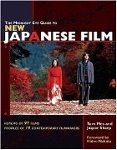 |
 |
 |
 |
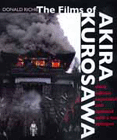 |
 |
 |
|
The Japan Journals : 1947-2004, by Donald Richie |
The Midnight Eye Guide to New Japanese Film by Tom Mes and Jasper Sharp |
Kon Ichikawa (Cinematheque Ontario Monographs) by James Quandt, Cinematheque Ontario |
Shohei Imamura (Cinematheque
Ontario Monographs, No. 1) by James Quandt |
Eros Plus Massacre: An
Introduction to the Japanese New Wave Cinema
(Midland Book, Mb 469) by David Desser |
The Films of Akira Kurosawa by Donald Ritchie |
by Yasujiro Ozu, Kogo Noda, Donald Richie, Eric Klestadt |
A Hundred Years of Japanese Film by Donald Richie |
Check out more in "The Library"
| Comments: |
NOTE: The below Blu-ray captures were taken directly from the Blu-ray disc. ADDITION- Criterion - Region 'A' - Blu-ray February 2010: Like Yojimbo, The improvement can seem subtle at times but is still very evident overall. Contrast doesn't appear to have moved as dramatically as we have seen some Blu-ray releases but it still looks like a solid upgrade from SD-DVD. Grain is more visible and looks consistent while nicely texturizing the image but it tends to look 'over-cleaned' at times. The final result of the move to Blu-ray supports the visuals to a more pronounced degree appearing much more film-like but it still looks cropped beside the BFI (and Madmen).Criterion has kept the 3.0 channel Perspecta audio preserving the original simulated-stereo effects in lossless DTS HD Master track. It doesn't have extensive buoyancy but certain scenes (the rain) garner some subtle appreciation. The mono track has also been kept as a linear PCM offering (same rendering as the commentary). There are optional English subtitles and my Momitsu has identified it as being a region 'A'-locked. Extras duplicate the 2007 DVD with the fine Prince commentary and 35-minute "making of..." documentary (see expanded descriptions below) although now in HD.
I've always been more of a fan or
Yojimbo
but this is the companion piece and deserves its space on your
digital-library shelf. I couldn't find any valid reasons not to indulge
in the
two-pack savings although I am less enthusiastic about this
transfer.
****
ADDITION: Criterion - REISSUE - January 07' -
I'm going to have to claim ignorance here as I have no idea why the BFI
(and Madman) print shows much more information on the side edges. To me
- it looks much better - Kurosawa was known for using the entire frame
and in the new Criterion REISSUE occasionally characters and details are
not fully visible.
All the research I can determine indicates that the original aspect
ratio is 2.35:1 which the Criterion REISSUE adheres to. Criterion have
made leaps and bounds improvements over their original release which was
not even anamorphic. It is cleaner and sharper than the old issue as
well as showing more information in the frame. The BFI is quite darker
but I suspect that it has had no manipulations to alter the print
utilized for the transfer. It is quite probable that the BFI is a more
accurate representation of the film, but again, I have no positive
proof. The Criterion REISSUE does show more information (marginally)
both top and bottom of the frame over the BFI. Fans of the film will be
much happier with the new Criterion over the old and the REISSUE does
have numerous benefits over the BFI (see below).
As with their new
Yojimbo
release, Criterion have given the option of the 3.0 Perspecta track
preserving the original simulated-stereo effects. This time I didn't
notice any strong dynamic improvement but admittedly audio is never
reviewed well by my crusty old ears. It's a great option to have and
those keen on it will no doubt benefit.
Stephen Prince, who is a contributor on many other Kurosawa Criterion
DVD commentaries or liner notes (RAN,
Seven Samurai,
Rashomom,
Kagemusha,
Ikiru,Yojimbo
and
Red Beard) does another excellent job with his discussion of
Sanjuro. As one might have anticipated - he is again well-prepared,
loaded with information and expertly professional - with no gaps and no
real repetition of the information imparted in the
Yojimbo
commentary. There is also a 35-minute documentary on the making of
Sanjuro, created as part of the Toho Masterworks series Akira
Kurosawa: It Is Wonderful to Create, a theatrical trailer, a stills
gallery and some extensive liner notes featuring an essay by critic
Michael Sragow and further notes from Kurosawa and his cast and crew.
I'll admit I do have some reservations
about the framing issue but the Prince commentary is the biggest selling
feature to this new Criterion DVD. We certainly endorse the new double
Yojimbo/Sanjuro package and if we are able to determine any
further details about the aspect ratio - we will post it here.
Note the vast amount of
information cutoff from the sides of the non-anamorphic Criterion DVD.
It could be considered one of the major faux-pas of DVD production. I
calculate it to be over 17%! Considering Kurosawa's full use of
widescreen, this is quite a shock. I also see some contrast boosting on
the Criterion. The
BFI edition is less-so cropped on the top edge.
The BFI have wonderful live-action menus.
Contrast goes to the BFI edition as do extras with
the interesting Alex Cox introduction. I prefer the subtitles on the
Criterion, but we have no choice but to dismiss the Criterion for the
extensive adjustment to the Kurosawa's original image. Lets hope
Criterion reissues both Yojimbo and Sanjuro 'properly' in the future.
NOTE: there is a Region 4 (Madman)
PAL DVD of Sanjuro available but like Yojimbo it suffers from NTSC-PAL
ghosting and has weak contrast (see 9th large capture below). The BFI is the definitive DVD
edition of this classic Kurosawa masterpiece. |
This is the BFI Title
(MOUSE OVER ABOVE IMAGE TO SEE CRITERION ORIGINAL TITLE... and differences!)
DVD Menus
Criterion - REISSUE - Region 1- NTSC
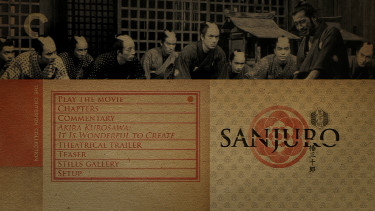 |
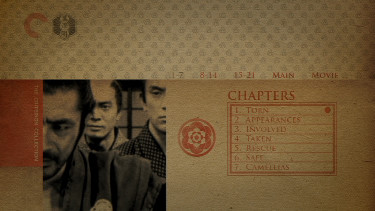 |
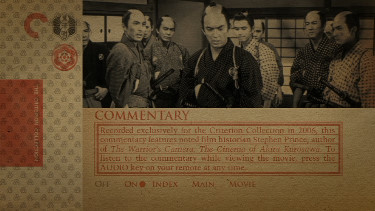 |
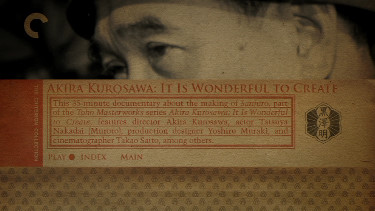 |
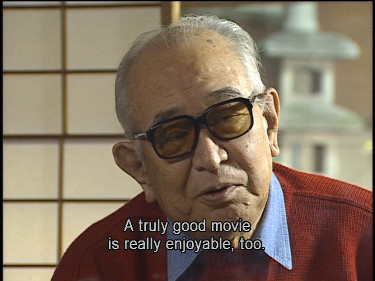 |
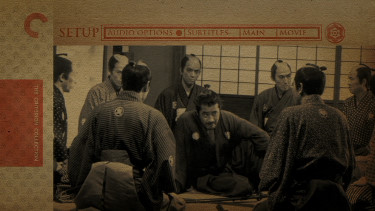 |
|
|
|
(Criterion
- Region 1 - NTSC - LEFT vs. BFI - Region 2 - PAL - RIGHT)
|
|
|
|
|
|
|
|
|
|
|
|
Criterion - Region 'A' - Blu-ray
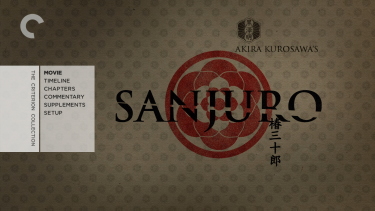 |
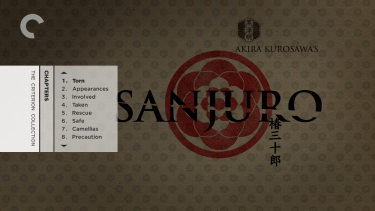 |
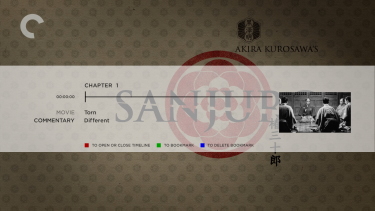 |
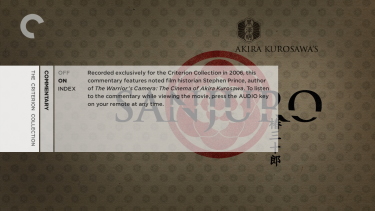 |
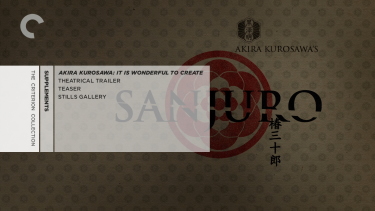 |
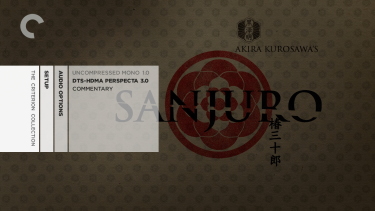 |
Subtitle Samples
N
OTE: Not exact frame!
|
1) Criterion - REISSUE - Region 1- NTSC TOP 2) Criterion - Region 1 - NTSC - SECOND3) BFI - Region 2 - PAL - THIRD4) Criterion - Region 'A' - Blu-ray - BOTTOM |
|
|
|
|
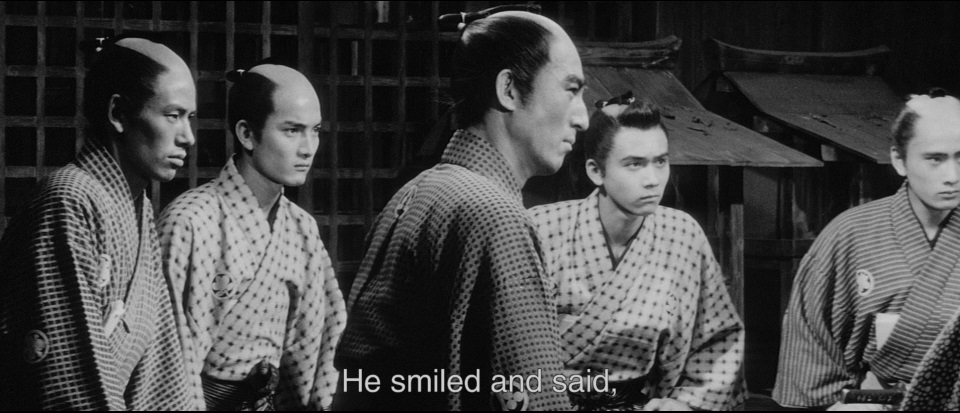 |
Screen Captures
|
1) Criterion - REISSUE - Region 1- NTSC TOP 2) Criterion - Region 1 - NTSC - SECOND3) BFI - Region 2 - PAL - THIRD4) Criterion - Region 'A' - Blu-ray - BOTTOM
|
|
|
|
|
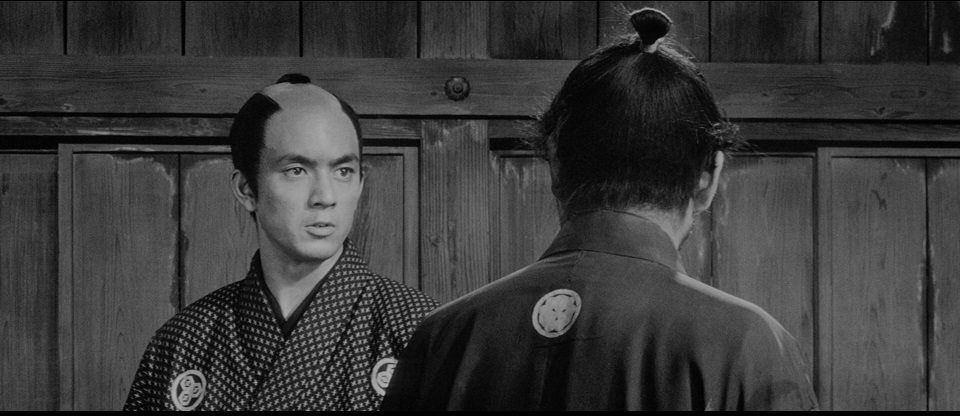 |
|
1) Criterion - REISSUE - Region 1- NTSC TOP 2) Criterion - Region 1 - NTSC - SECOND3) BFI - Region 2 - PAL - THIRD4) Criterion - Region 'A' - Blu-ray - BOTTOM |
|
|
|
|
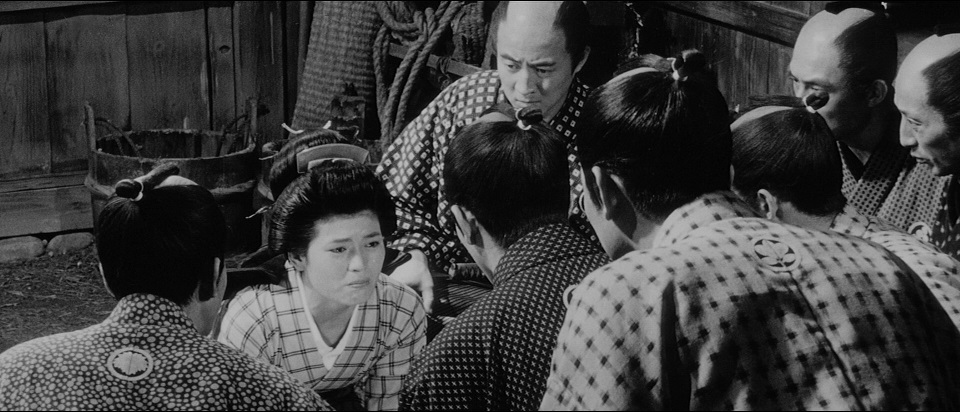 |
|
1) Criterion - REISSUE - Region 1- NTSC TOP 2) Criterion - Region 1 - NTSC - SECOND3) BFI - Region 2 - PAL - THIRD4) Criterion - Region 'A' - Blu-ray - BOTTOM
|
|
|
|
|
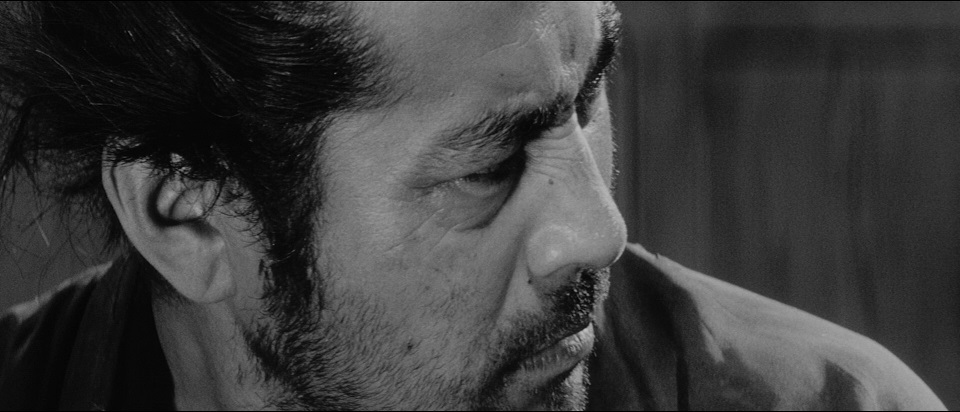 |
|
1) Criterion - REISSUE - Region 1- NTSC TOP 2) Criterion - Region 1 - NTSC - SECOND3) BFI - Region 2 - PAL - THIRD4) Criterion - Region 'A' - Blu-ray - BOTTOM |
|
|
|
|
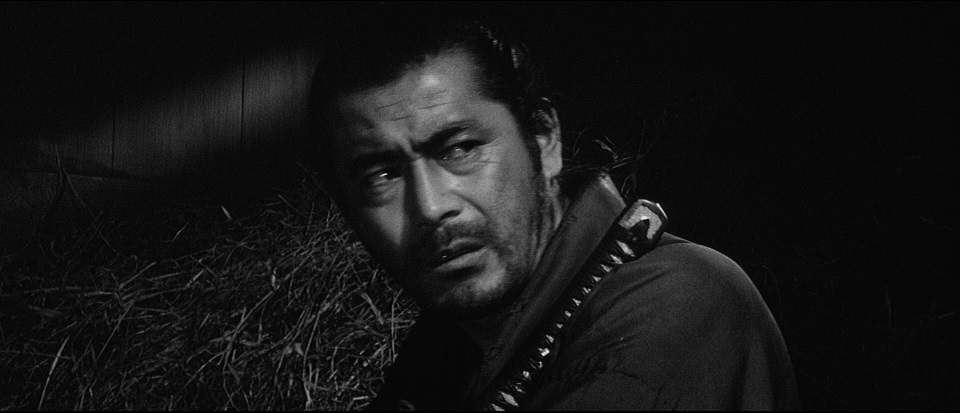 |
|
1) Criterion - REISSUE - Region 1- NTSC TOP 2) Criterion - Region 1 - NTSC - SECOND3) BFI - Region 2 - PAL - THIRD4) Criterion - Region 'A' - Blu-ray - BOTTOM
|
|
|
|
|
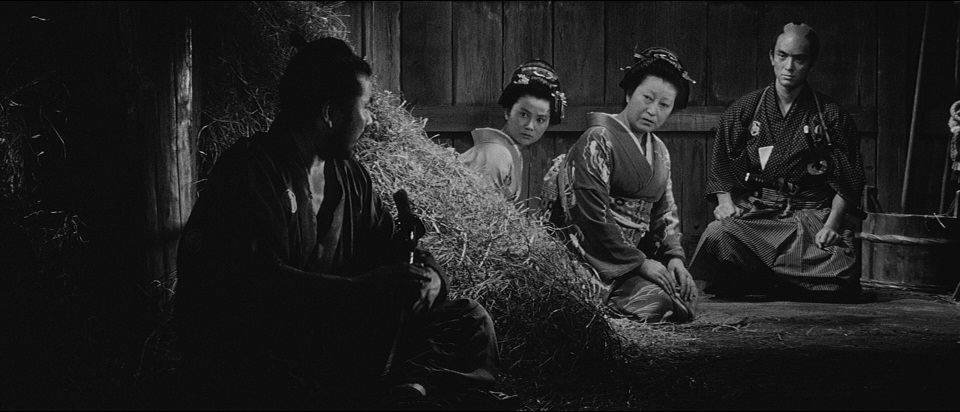 |
|
1) Criterion - REISSUE - Region 1- NTSC TOP 2) Criterion - Region 1 - NTSC - SECOND3) BFI - Region 2 - PAL - THIRD4) Criterion - Region 'A' - Blu-ray - BOTTOM
|
|
|
|
|
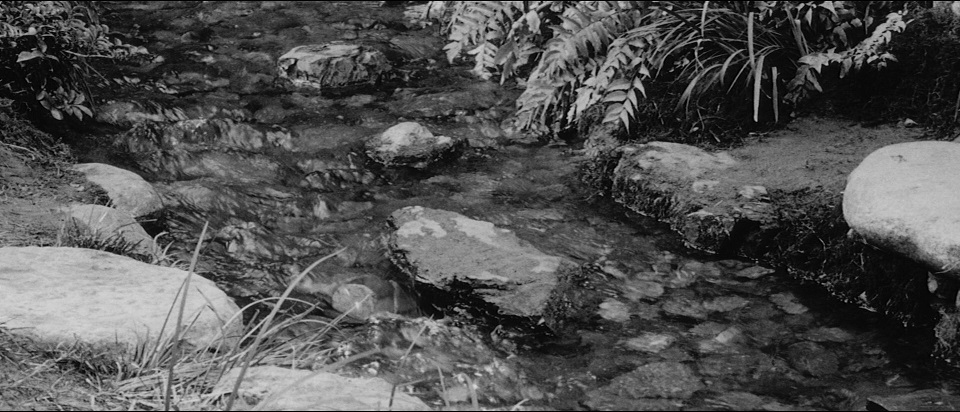 |
|
1) Criterion - REISSUE - Region 1- NTSC TOP 2) Criterion - Region 1 - NTSC - SECOND3) BFI - Region 2 - PAL - THIRD4) Criterion - Region 'A' - Blu-ray - BOTTOM
|
|
|
|
|
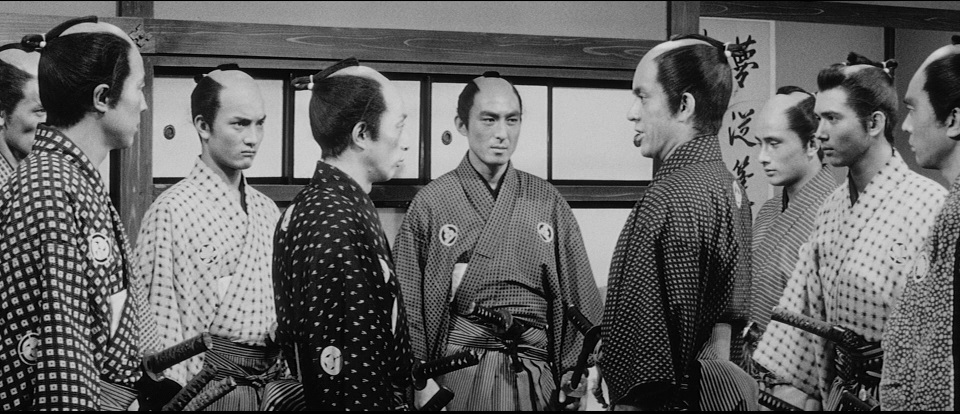 |
|
1) Criterion - REISSUE - Region 1- NTSC TOP 2) Criterion - Region 1 - NTSC - SECOND3) BFI - Region 2 - PAL - THIRD4) Madman R4 -PAL - FOURTH 5) Criterion - Region 'A' - Blu-ray - BOTTOM |
NOTE: Extensive cropping!
|
|
|
|
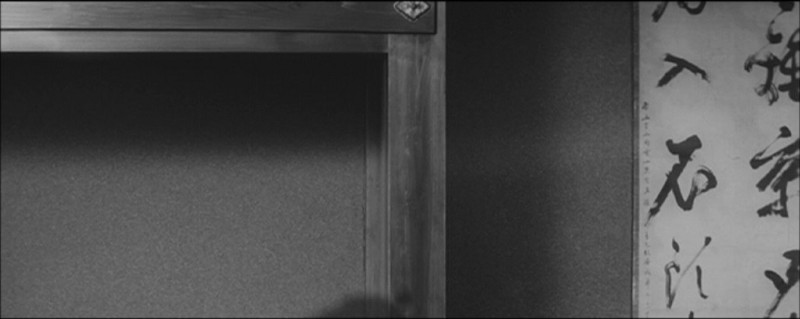 |
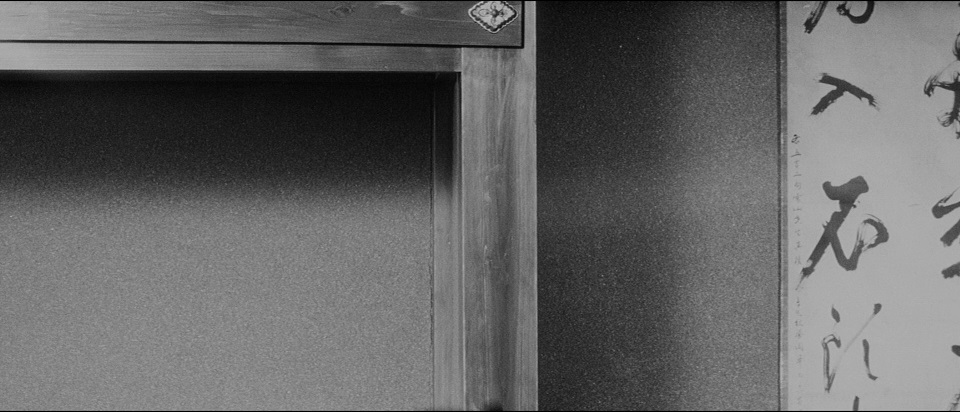 |
|
1) Criterion - REISSUE - Region 1- NTSC TOP 2) Criterion - Region 1 - NTSC - SECOND3) BFI - Region 2 - PAL - THIRD4) Criterion - Region 'A' - Blu-ray - BOTTOM
|
|
|
|
|
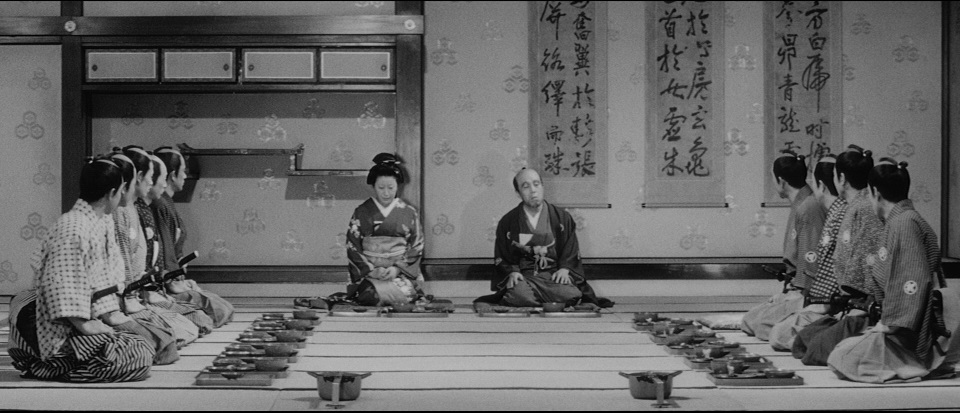 |
Report Card:
|
Image: |
Blu-ray |
|
Sound: |
Blu-ray |
| Extras: | Blu-ray / Criterion - REISSUE |
Recommended Reading for Kurosawa Fans (CLICK COVERS or TITLES for more information)
 |
 |
 |
 |
 |
 |
 |
 |
|
The Midnight Eye Guide to New Japanese Film by Tom Mes and Jasper Sharp |
Eros Plus Massacre: An Introduction to the Japanese New Wave Cinema (Midland Book, Mb 469) by David Desser |
Akira Kurosawa and
Intertextual Cinema by James Goodwin |
The Warrior's Camera by Stephen Prince |
The Films of Akira Kurosawa by Donald Ritchie |
The Emperor and the
Wolf: The Lives and Films of Akira Kurosawa and
Toshiro Mifune by Stuart Galbraith IV |
Something Like an Autobiography by Akira Kurosawa | A Hundred Years of Japanese Film by Donald Richie |
Check out more in "The Library"
|
More Shaw Brothers-Martial Arts-Wushu or related films on Blu-ray reviewed (click review buttons to also see comparisons where applicable): |
| Box Covers |

|
|
|

Coming to 4K UHD by Criterion in January 2025: and by BFI in March 2025: |

|
Criterion's DVD REISSUEs and
Blu-rays of Sanjuro also comes in a package with
Yojimbo!
|
|||
|
Distribution |
Criterion Collection (REISSUE) - Spine # 53 Region 1 - NTSC |
Criterion Collection - Spine # 53 Region 1 - NTSC |
BFI Video Publishing |
Criterion Collection - Spine # 53 - Region 'A' - Blu-ray |
![]()
![]()

![]()
![]()


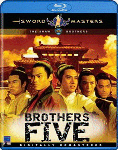
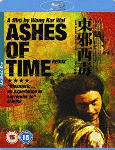
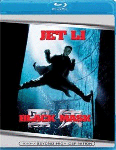
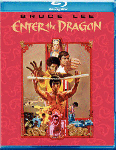
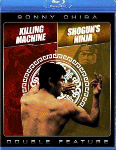
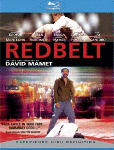
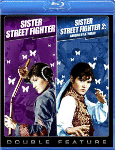
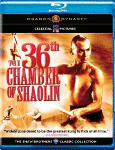
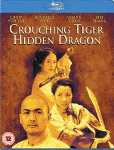
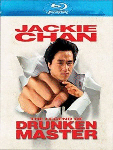
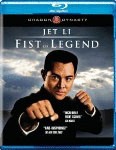
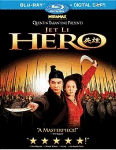
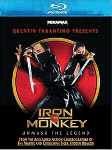
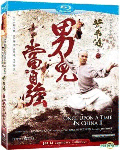
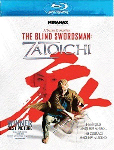
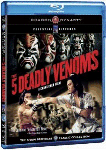
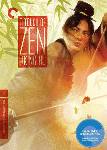
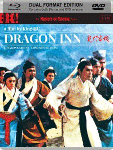
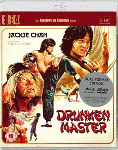
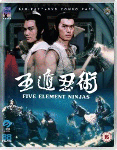
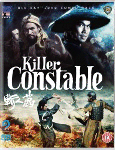
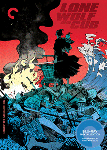
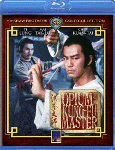
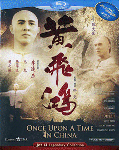
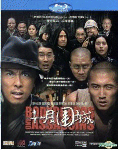
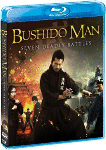
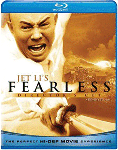
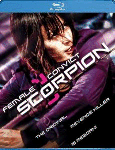
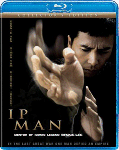
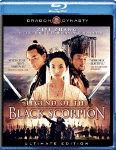
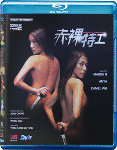
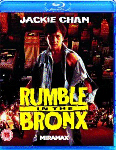
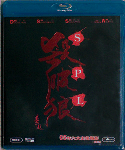
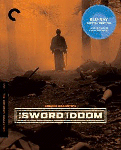
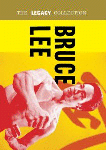
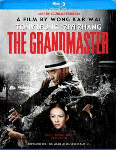
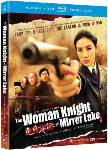
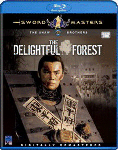

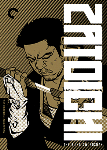
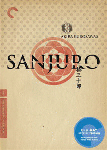
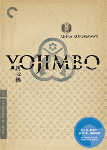
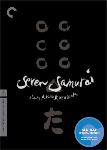
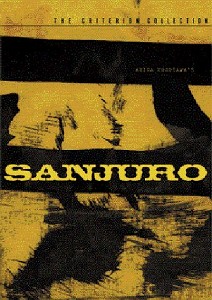
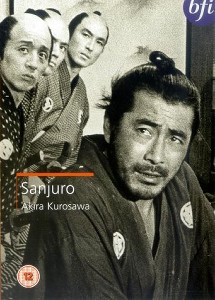
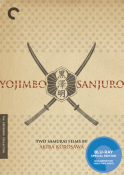
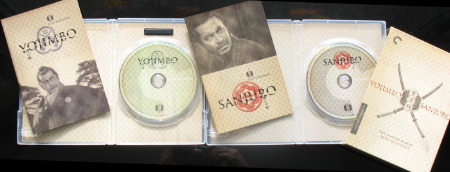



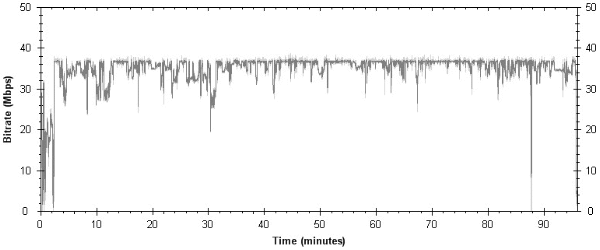


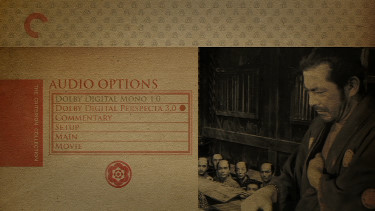
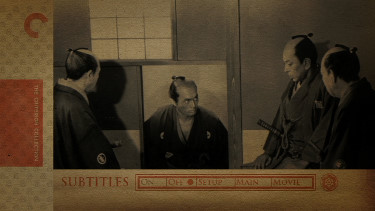
.jpg)
